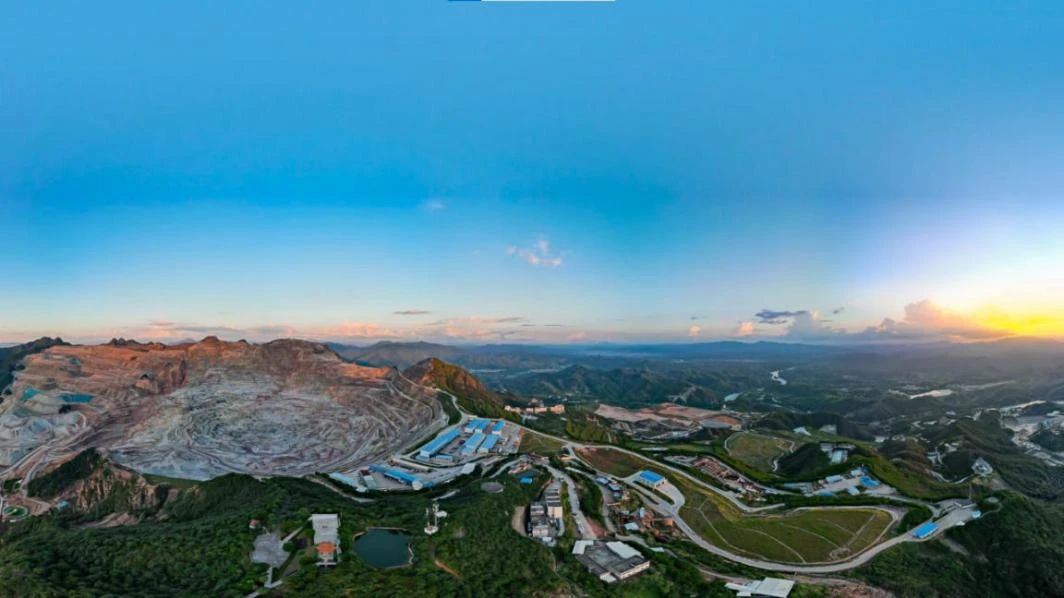
Nov 20, 2021
Copper has more than doubled from its COVID-19 low amid widespread belief that demand for the bellwether metal will get a big boost not only from expectations of a post-coronavirus economic boom but also from a global push to decarbonise.



While almost everyone agrees that copper's long-term prospects are bright, there is far less consensus on how well prices will improve over the next few years.
A new report from CapitalEconomics argues that future forecasts for copper prices are flawed. The London-based independent researcher expects copper prices to fall by 2022 as Demand from China wanes and supplies of raw materials diversify, particularly Kamoa Kakula in Congo. Kamoa Kakula is one of the largest new copper mines to be developed in decades
"First, high copper prices have accelerated mine supply increases, which have been slowed by strikes, severe weather and novel Coronavirus restrictions. Mined copper now appears to be recovering, as reflected in the increase in spot handling fees.
"Second, we expect copper demand to slow. Our internal demand data suggest that demand has fallen. This was driven by a slowdown in China's construction sector, the largest end user of copper.
"In addition, we expect demand for copper-containing commodities to cool as global consumption patterns shift from goods to services as lockdowns end and international travel opens up."
Treatment and Refining Costs (TC/RCs) The amount miners pay smelters to process concentrates into refined metal rises when supplies are plentiful and falls when smelters are forced to compete for scarce materials. While TC/RCs has risen to about $60 a tonne from a record low of just over $20 a tonne in April, today's fees are still higher than their peak of as high as $130 in the 2010s.
Capital Economics now expects the global copper market, after four years of deficits, to show a surplus of about 200,000 tonnes next year, more than the projected shortfall of 800,000 tonnes of copper a year in 2020.